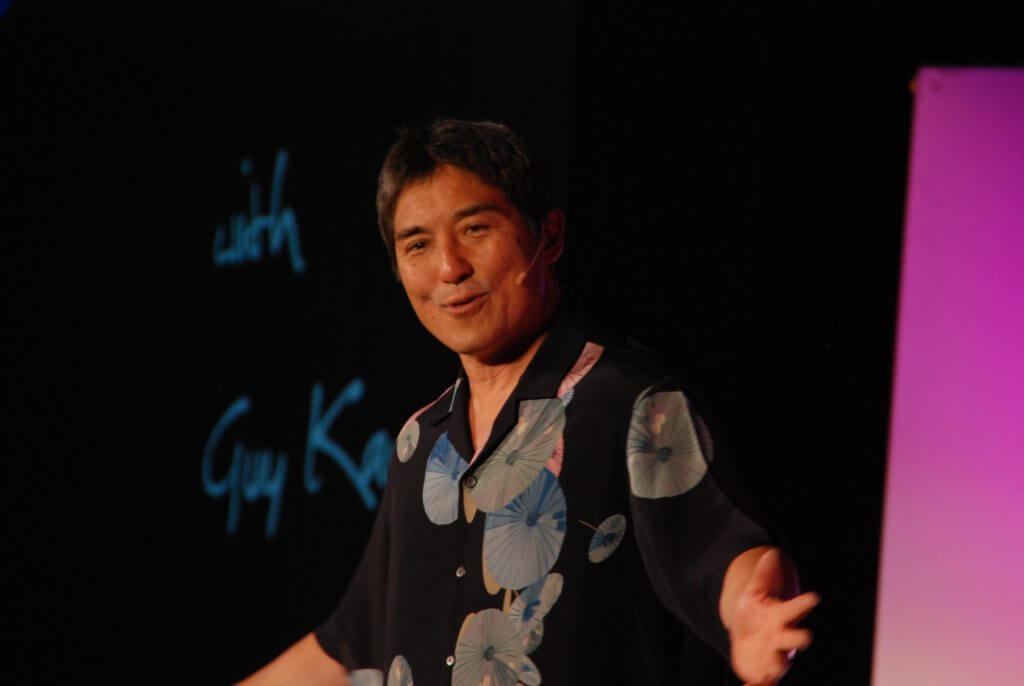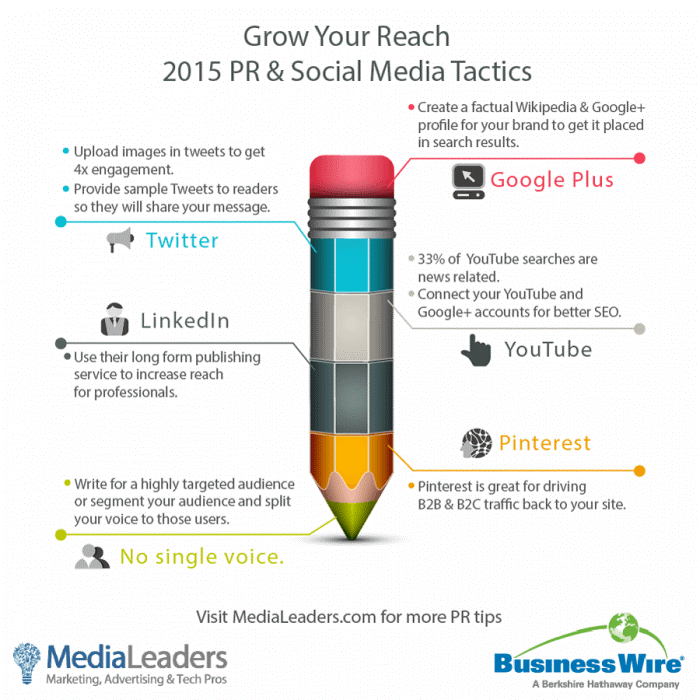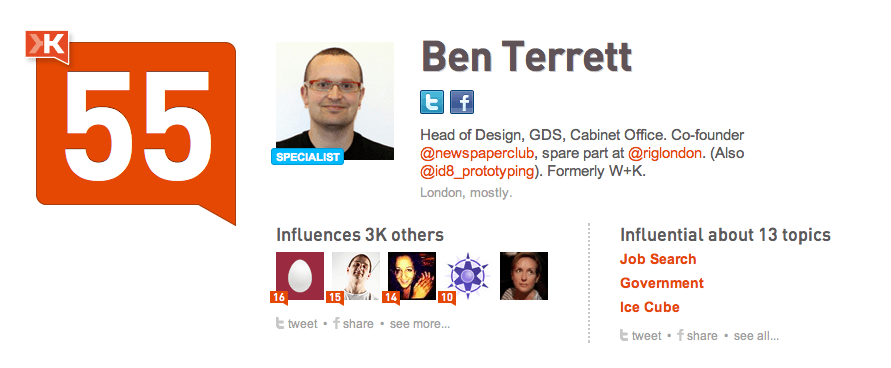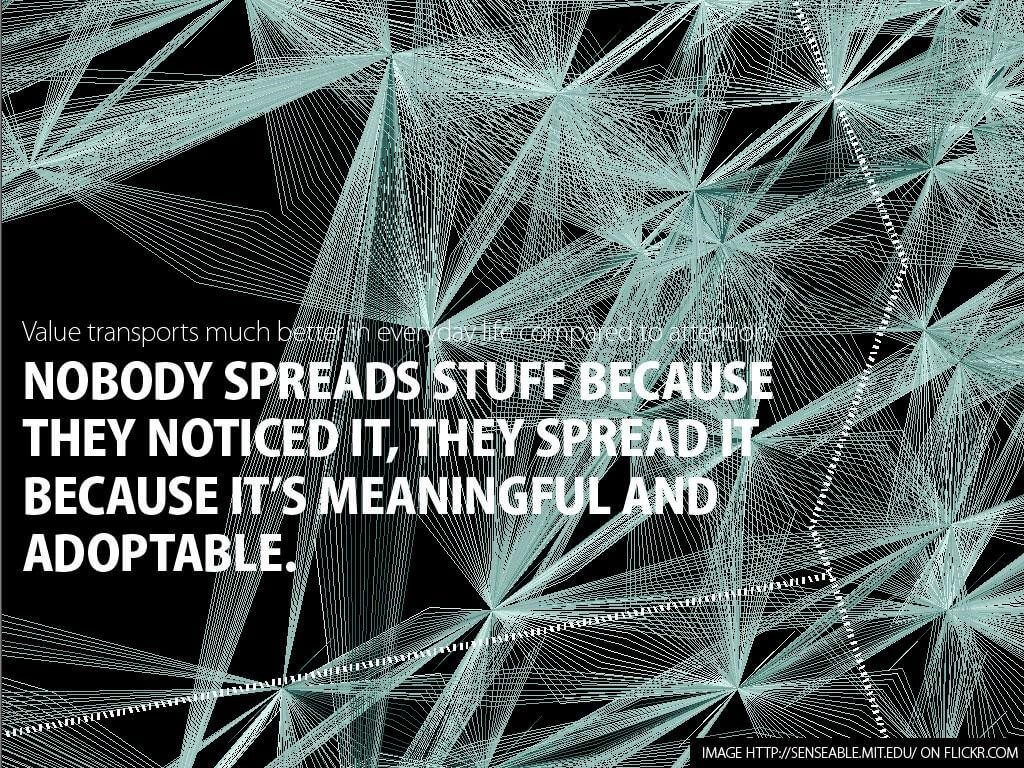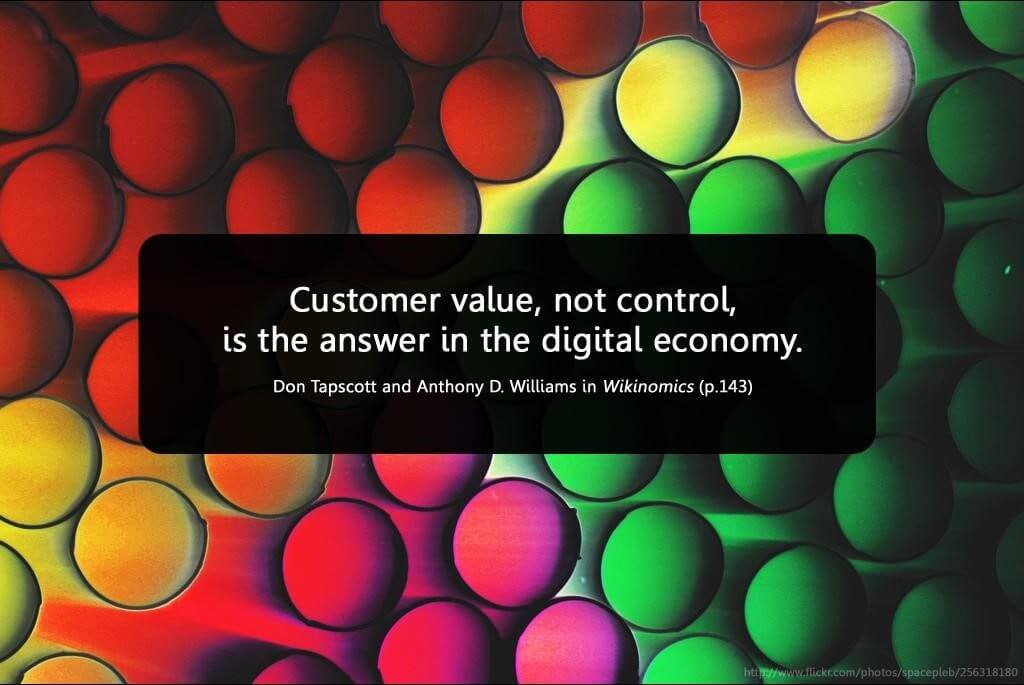 I have a Facebook friend who is “Joe-Facebook.” He has oodles of connections who hang on his every post. He’s like the Elvis (or Jay Z, or the Bieb), of my Facebook feed – the king of social engagement.
I have a Facebook friend who is “Joe-Facebook.” He has oodles of connections who hang on his every post. He’s like the Elvis (or Jay Z, or the Bieb), of my Facebook feed – the king of social engagement.
My guess is you have a Joe-Facebook connection, too. Every time “Joe” posts, his content is shared, liked and receives more comments than almost any of my connections, daily.
The other day, another friend of mine–who has a large number of connections–shared the same video, on the same day, as Joe.
Interestingly, perhaps not so surprisingly, Joe got six times the social engagement with the same content.
Is Joe a better human being, more worthy of engagement? Not in my real world experience–both are decent people.
But Joe has developed a higher social IQ.
How high is your Social IQ?
Your social IQ, or social influence quotient, refers to how substantial your online presence, network and impact is and–most importantly–how that drives action.
Social IQ is about building a powerful and deeply engaged network across multiple platforms. The larger and more deeply engaged your network, the higher your social influence.
You can find social influencers in every industry – from education, to tech, to marketing. Social influencers drive sales, ideas and conversations.
Very literally, they can help steer markets.
How Tough Is Building Strong Social Engagement?
Let’s deconstruct the numbers: There are almost three billion current internet users, 877 million active and registered internet sites and almost one billion users on Facebook alone.
And you’ve made it your goal to up your professional profile and reach influencer status. Bless you, friend, it won’t be easy.
You Need to Use Selective Attention Strategies
Or maybe it is easier than we think.
Now settled in the digital age, we’ve become much more sophisticated blocking out noise.
In neuroscience, it’s called “selective attention.” And that applies to our online behavior. We focus on a message or idea that deeply interests us or triggers a passionate value we share with the messenger.
Social influencers masterfully pique our selective attention. When you know how to do that for your customers and connections, you create a clear channel of value through the noise.
Take the Social IQ Quiz
So how high is your current social influence? Check these basics to see where you stand and to find out how to increase your social engagement and IQ.
Question 1: How many active social media platforms and sites do you have?
A. O
B. 1-2
C. 3+
Best answer: C
Influeuncers have at least three social media sites, not including an updated blog or business site. They understand how to leverage both the power and reach multiple sites avail them.
Former Apple evangelist and top influencer Guy Kawasaki is active on six sites. He has about one million Twitter followers and over seven million followers on Google.
Top influencers across industries know active engagement increases the opportunity to draw a larger audience.
Question 2: How active are you on social media?
A. Weekly postings and engagement
B. Daily engagement through the day
C. Twice a week postings and engagement
Best answer: B
Most people–and businesses–know they need to be active, but finding the time to do so while building their company or with a busy schedule can make this seem unrealistic, and that’s one of the main reasons many fail to reach as many customers as they could.
The problem is your business depends on making this a top priority. Social influencers are always on your radar with multiple updates of great content through the day. They’re part of the conversation, because they’re the ones starting it.
Question 3: How often do connections engage with your content?
A. Weekly
B. Every few days
C. Daily
Best answer: C
Build your network around connections who will engage with your content and who are in a specific niche with potential for wide appeal.
Doing so creates a higher level of network density–or the opportunity that your actual connections (in your specific niche) could connect with your potential connections (ones who fall in a circle of wider appeal ). For example, your niche might be vegan cupcakes which might appeal to a very passionate, specific niche of consumers who then sound off to the wider baking and goods market and community.
Infographic Courtesy of: Infographic courtesy of: businesswire.com and medialeaders.com
Question 4: How many connections do you have across networks?
A. More than 100
B. More than 1,000
C. More than 10,000
Best answer: C
Social influencers are expert investors in social capital. They understand how to use exponentiality to increase their market base in the most cost-effective way–via social media.
It takes time to grow a network but that tipping point of wider appeal happens through communicating a focused message across platforms on a daily basis.
Question 5: What is your Klout or Kred score?
A. 0-35/0-300
B. 35-75/301-599
C. 75-100/600-1,000
Best answer: C
Klout and Kred are two main players in the social measurement market that offer a social influence score. Find your Kred or Klout score to see where you stand. And use Rival IQs analytics tools for a deeper and more comprehensive view of where you stand compared to your competitors, so you can create the most successful strategy.
Of course the higher your number, the wider your influence. Top pros across all industries are usually the ones grabbing the high numbers, but not always.
Staying active with influencers and engaging in an authentic way are two best practices you should make to help increase your score. Both small businesses and individuals alike can generate high klout numbers with a compelling social media strategy.
Question 6: Do you know who the top influencers are in your field or industry?
A. No
B. Not sure
C. Yes
Best answer: C
Understand who the top influencers are in your field. If you’re not sure who they are, both LinkedIn and Twitter give suggestions of who to follow based on your interest or industry. And with their large presence, influencers aren’t hard to find.
Question 7: Do you interact with influencers?
A. Yes
B. Maybe Some
C. No
Best answer: A
Follow them on social media, like LinkedIn, Twitter, Instagram, and sign-up to receive their newsletters or for their weekly podcasts or webinars.
Actively engage with them when and where it makes sense. Re-share information that you know will be valuable for your audience, acknowledge posts in your feed you find interesting, meaningful and valuable to you and offer intelligent insight in the conversation.
On platforms like Twitter, it takes one influencer to follow you or mention you, to greatly increase your own exposure. On Twitter, social influencer Moz CEO’s Rand Fishkin recently shared a blog comment he found particularly useful. The commenter offered additional value and greatly increased his influcence by doing so.
Question 8: Do you know why you’re using each platform
A. We know we need a presence fast, and we’re focusing on the main social media sites.
B. Yes, it’s part of our well-defined and mapped strategy.
C. We’re working on it.
Best answer: B
Influencers use more than one medium by tailoring their message to that medium and the audience they want to target there.
Try this: If you can’t relay why you’re active on each platform, one sentence per platform, relay what your message is and why you’re using that medium to share it in your overall strategy, you may need to do more homework. Start there!
There’s a key difference between spreading your message and spreading your resources too thin. Per Rival IQ’s 2015 survey, staffing issues or understaffing comes in as the second-highest marketing challenge reported.
Ask most small and medium size business owners, and they’ll wearily shake their heads yes to this one, overwhelmed by the magnitude of all that management, even if they do have a designated content team.
Question 9: Do you know clearly and specifically who your audience is?
A. Yes
B. No
C. We’re working on it
Best answer: A
If you’re updating simply to be active, your influence will be scattered and disconnected.
Social influencers know their audience, and they direct their message to them. That doesn’t necessarily mean those who are interested just in your product or service, but also those who share similar values or interests.
Question 10: Are you clear on the value you deliver to your connections?
A. We know clearly how we’re solving a problem and that’s reflected across all platforms
B. We know our message and we do a good job of using at least one platform
C. We’re actively working on it
Best answer: A
You might not be clear yet what value you bring to your audience and how to deliver it. But that’s key to becoming a social influencer. And the content that you provide must be meaningful.
If you know you can find that content somewhere else, that it doesn’t make your connections more educated, inspired, interested, motivated for having interacted with it, then your focus should be on curating native content that does so.
Social influencers have a high level of authority in their field. The best way to deliver that is to become highly responsible and highly responsive to your audience and customers and demonstrate that through your social channels.
What Your Social IQ Score Means
The higher you scored, the better positioned you currently are. And you can use these questions as the basics for creating your game plan.
Take a look at Rival IQs Quarterly Rival Results Index (RRI), which reveals how applying best practices in social media worked to increase social IQ for the companies surveyed.
Increasing your social IQ takes time. My good friend Joe Facebook works at it, interacting both online, and offline, with his connections. He strives to be an expert in his field, and offers that expertise and value to others. Serving your audience and customers makes all the difference (just ask Joe).


